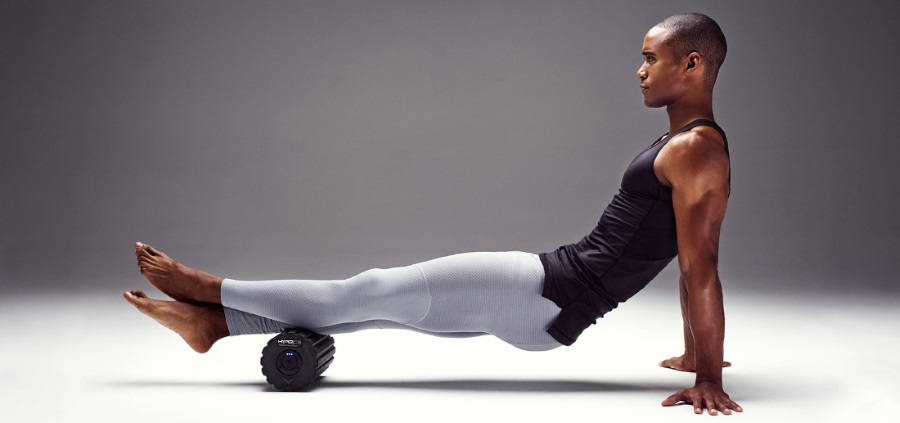3 Simple Tips to Help Prevent Heel Pain
Every mile you walk—or run—puts stress on the feet, and though they can take on a heavy load, there are also limits. When pushed past this limit, many different foot-related issues can result.
The most common foot problem is heel pain, which usually occurs either beneath or above the heel. The first type of pain is caused by plantar fasciitis, which is responsible for most of these cases. The plantar fascia is a flat band of tissue that connects the heel bone to the toes, and when it gets inflamed, plantar fasciitis results and leads to a sharp, stabbing pain at the base of the heel. Achilles tendinitis/tendinopathy is another common cause of heel pain that can develop from too much training and manifests as a mild ache above the heel.
Heel pain typically heals on its own without any major treatments, but if ignored or “pushed through,” it can get much worse and eventually become a long-term problem. The best way to avoid these complications is to prevent heel pain from developing in the first place or progressing. Here’s how:
Tip #1: Do the towel stretch before going to bed and after waking up every day
Heel pain is often worst in the morning upon taking the first steps of the day, but stretching can help. To perform the towel stretch, sit in bed with your legs straight in front of you and place a towel (or belt) around your toes. Gently pull the towel towards you until you feel a stretch in the lower part of your leg. Hold for 15-30 seconds, then repeat up to five times.Tip #2: Wear supportive footwear
Certain types of footwear like flip-flops, ballet flats and high heels can all aggravate heel pain, while supportive shoes can prevent and reduce it. Avoid wearing these dangerous choices as much as possible, and if you must, choose smarter options like lower heels, fitted flip-flops or sport sandals with heel straps and arch support. Try to always wear shoes that fit well, aren’t worn out, offer good support in the arch and heel, and feature a wide, stable heel. If you don’t have the option of wearing supportive footwear, braces, arch supports and orthotic devices are also available to offer additional support and stability.Tip #3: Foam roll your calf
Tight calves can also aggravate plantar fasciitis, so keeping your calf free of knots may also reduce heel pain. To stretch your calves with a foam roller, sit on the ground with your legs outstretched and place your calf over it. With your other foot planted, lift your body and roll your leg from the ankle to just below the knee for about 30 seconds. Repeat three times, then switch legs.
Our feet certainly have much to take on, and they can take a beating over time. Why not treat them right and keep them protected from dangers that can lead to heel pain and long-term problems? Keep these tips in mind as you make your way through the day and the rest of your body will thank you.





